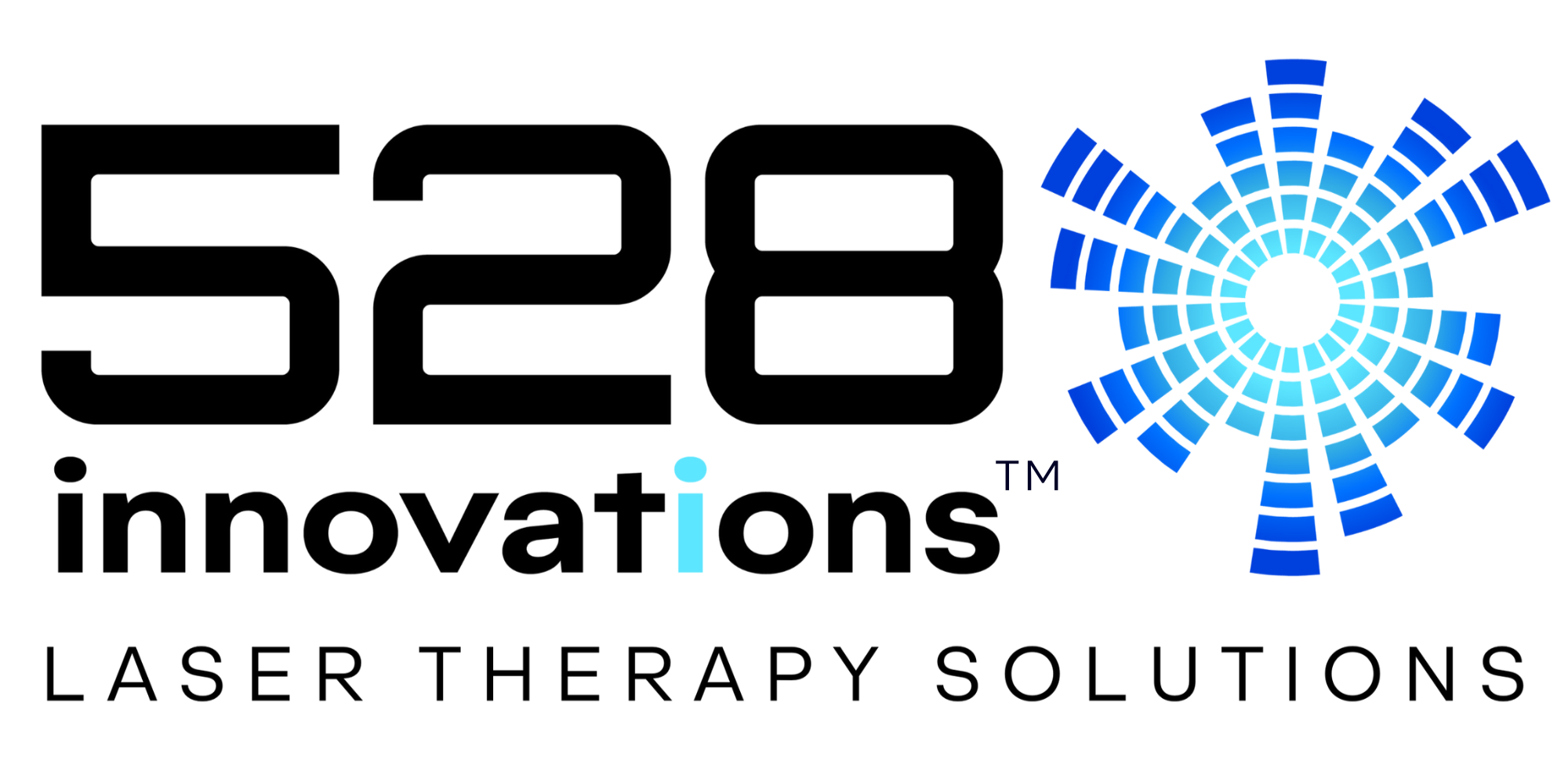Fractures initiate a complex biological process involving inflammation, pain, and the mobilization of cells for repair. While bone has remarkable regenerative potential, recovery can be slow and painful. Photobiomodulation (PBM), or laser light therapy, has emerged as a scientifically supported, non-invasive approach to accelerate bone healing and manage pain and inflammation.
How Photobiomodulation Stimulates Bone Repair
Near-infrared (NIR) light in the 808 nm to 975 nm range has demonstrated significant influence on bone metabolism and tissue regeneration. These wavelengths penetrate deeply enough to reach the periosteum and bone matrix, where energy is absorbed by mitochondrial chromophores such as cytochrome c oxidase. This interaction enhances ATP production, promoting cellular proliferation and differentiation of osteoblasts (bone-forming cells) and fibroblasts involved in connective tissue synthesis.
According to Gendron and Hamblin (2019), PBM consistently enhances mitochondrial energy output, increases microcirculation, and stimulates osteoblastic activity—all of which contribute to improved bone remodeling and structural recovery. Similarly, Hamblin (2017) outlined how deeper-penetrating wavelengths like 808 nm and 980 nm activate both mitochondrial and calcium-dependent signaling pathways, driving collagen synthesis and osteogenesis.
In experimental studies, Ebrahimi et al. (2012) demonstrated that 808 nm laser irradiation significantly increased bone volume, osteoblast number, and vascular density in diabetic rats. Even under impaired metabolic conditions, PBM improved the quality and speed of bone formation. Park (2014) further confirmed that 975 nm light enhanced angiogenesis, collagen deposition, and early bone matrix formation after dental extraction, reinforcing its role in musculoskeletal and post-surgical recovery. Clinical evidence from Khadra et al. (2004) also supports that both 808 nm and 980 nm wavelengths promote bone-to-implant integration, confirming PBM’s value in osseous regeneration.
Managing Inflammation and Pain During Recovery
Inflammation is a double-edged sword in fracture healing—essential for signaling repair but detrimental when prolonged. PBM helps modulate this phase by downregulating pro-inflammatory cytokines such as TNF-α and IL-1β, while promoting anti-inflammatory mediators and vascular growth factors. This not only mitigates pain but enhances oxygen and nutrient delivery to healing tissue. The result is often a faster, more comfortable recovery marked by reduced swelling and improved functional mobility.
The 528 Innovations Approach
Unlike generic red light panels, the 528 Innovations 5i Series Laser Therapy System is engineered as a precision-guided, wavelength-specific therapeutic platform. It operates within validated clinical parameters, delivering red and NIR light (600–1000 nm) through controlled pulse and frequency-coded protocols. Clinicians in multidisciplinary practices employ the system in clinical settings, while its intuitive app interface makes it safe for guided home use—bridging the gap between professional care and personal recovery.
By integrating 808 nm and 975 nm wavelengths, the 5i Series supports deep tissue repair, enhanced circulation, and bone remodeling through mitochondrial and vascular mechanisms. This balance of clinical power and home accessibility represents a new standard in evidence-based laser therapy.
Safety and Ease of Use
PBM is non-invasive, painless, and free from known side effects when applied appropriately. Users typically experience a gentle warmth as circulation improves in the treated area. Because PBM operates below thermal thresholds, there is no tissue damage or risk of burns. The 5i Series incorporates built-in safety features and guided protocols that ensure precise dosing and wavelength control for every session.
A Smarter Path to Stronger Bones
Bone regeneration is an energy-intensive process, and PBM provides the light energy that cells use to accelerate recovery. By enhancing mitochondrial efficiency, reducing inflammation, and stimulating osteogenesis, laser light therapy offers a science-backed, natural approach to fracture recovery.
With clinically validated wavelengths and physician-designed protocols, the 528 Innovations 5i Series Laser Therapy System empowers users to participate actively in their healing journey—supporting stronger, more resilient bone repair from the inside out.
References (APA Style)
Ebrahimi, T., Agha-Hosseini, F., Najafi, S., & Fekrazad, R. (2012). Effects of low-level laser therapy on bone healing in diabetic rats: Stimulation of osteoblasts and angiogenesis with 808 nm laser. Lasers in Medical Science, 27(2), 553–559. https://doi.org/10.1007/s10103-011-0935-6
Gendron, D. J., & Hamblin, M. R. (2019). Applications of photobiomodulation therapy to musculoskeletal disorders and osteoarthritis. Photobiomodulation, Photomedicine, and Laser Surgery, 37(7), 408–420. https://doi.org/10.1089/photob.2019.4671
Hamblin, M. R. (2017). Mechanisms and applications of the anti-inflammatory effects of photobiomodulation. AIMS Biophysics, 4(3), 337–361. https://doi.org/10.3934/biophy.2017.3.337
Khadra, M., Ronold, H. J., Lyngstadaas, S. P., Ellingsen, J. E., & Haanaes, H. R. (2004). Low-level laser therapy stimulates bone-implant interface healing: A randomized controlled trial. Clinical Oral Implants Research, 15(3), 325–332. https://doi.org/10.1111/j.1600-0501.2004.01021.x
Park, J. B. (2014). The effects of 975 nm wavelength laser irradiation on bone regeneration after tooth extraction. Lasers in Medical Science, 29(4), 1329–1337. https://doi.org/10.1007/s10103-014-1538-8
White, P. F., Elvir-Lazo, O., & Yumul, R. (2019). Cold laser therapy for acute and chronic pain management: A comparison of low-level and high-intensity laser therapy devices. Anesthesiology News Special Edition, 65–77.



Share:
Photobiomodulation Therapy Fuels Brain Vitality and Repair
So what does Acupuncture and Laser Therapy Have in Common